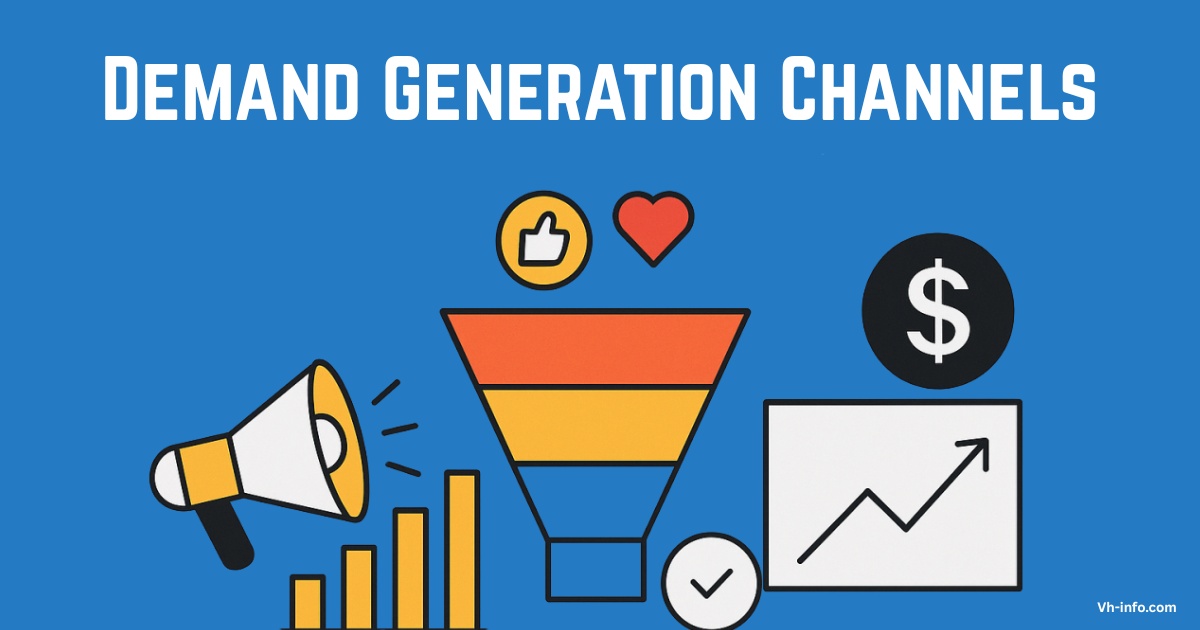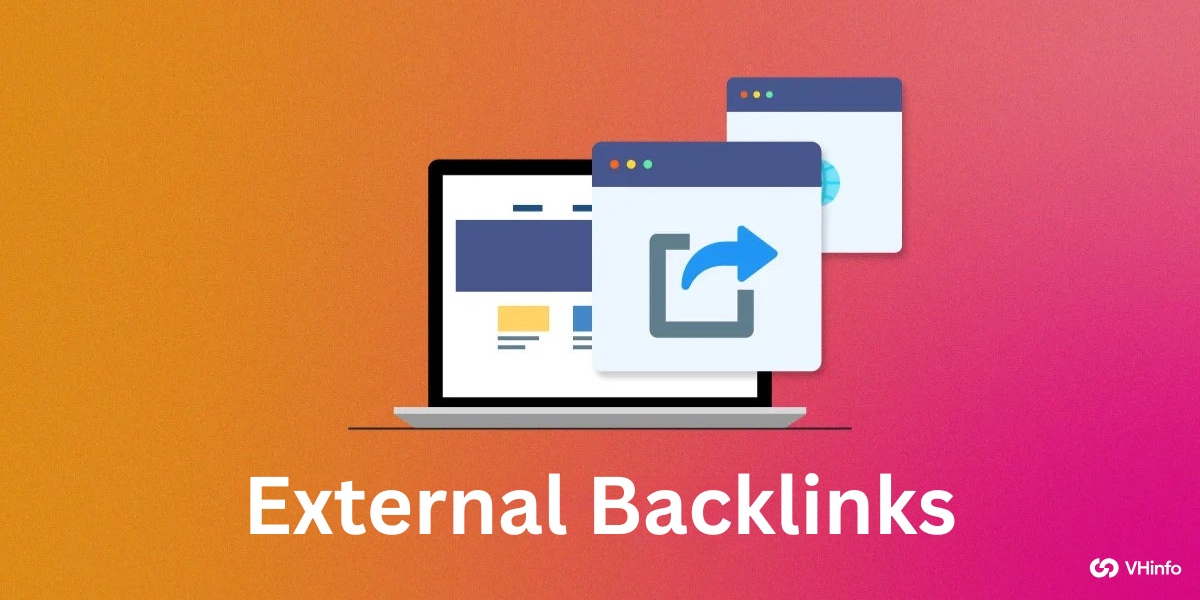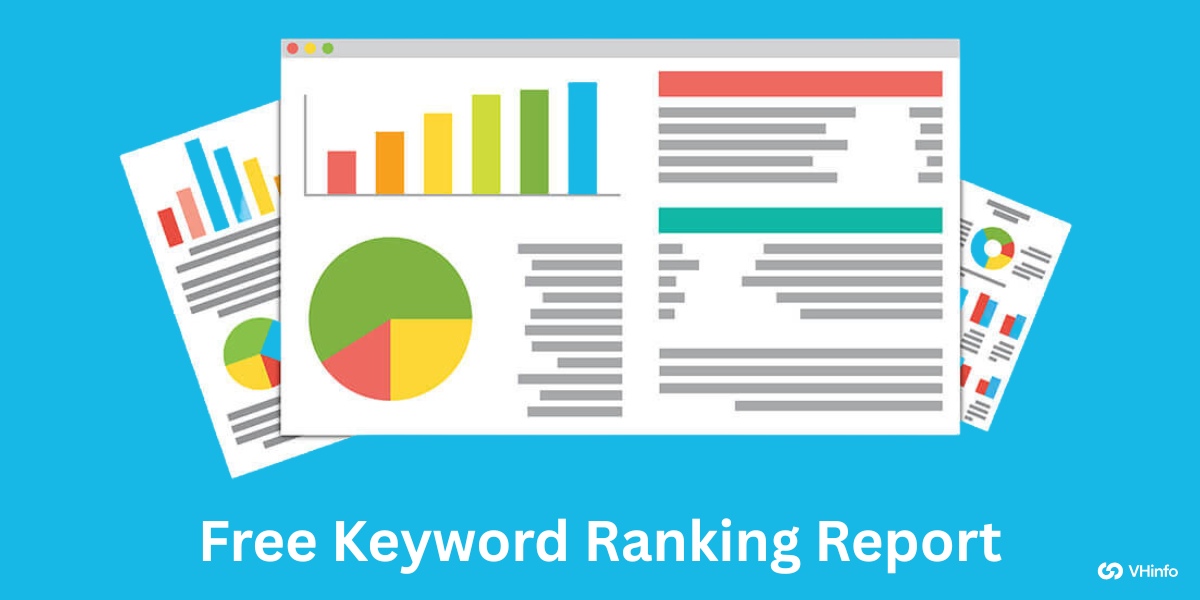Demand generation helps SaaS companies attract potential customers by sparking interest in their solutions early.
Unlike traditional methods that just collect contact information, it focuses on educating buyers throughout their buyer’s journey. Think of it as building brand awareness and trust so people naturally seek your product when they’re ready.
At VH Info, we’ve seen how the right mix of demand generation channels—like email marketing, social media platforms, and AI-powered personalization—can turn strangers into loyal users.
The key is choosing channels that match your ideal customer’s habits, whether they’re scrolling LinkedIn or researching on Google.
Marketing teams facilitate the journey from curiosity to action for prospects by merging tactics such as content marketing aimed at education and paid advertising for enhanced visibility. This strategy not only populates your pipeline with high-quality leads but also prepares your sales team with knowledgeable buyers who have already developed trust in your brand.
The focus is on generating value initially, making customer acquisition a seamless subsequent step.
Simple, right? Let’s break down how these channels work together to drive growth.
What Are Demand Generation Channels?
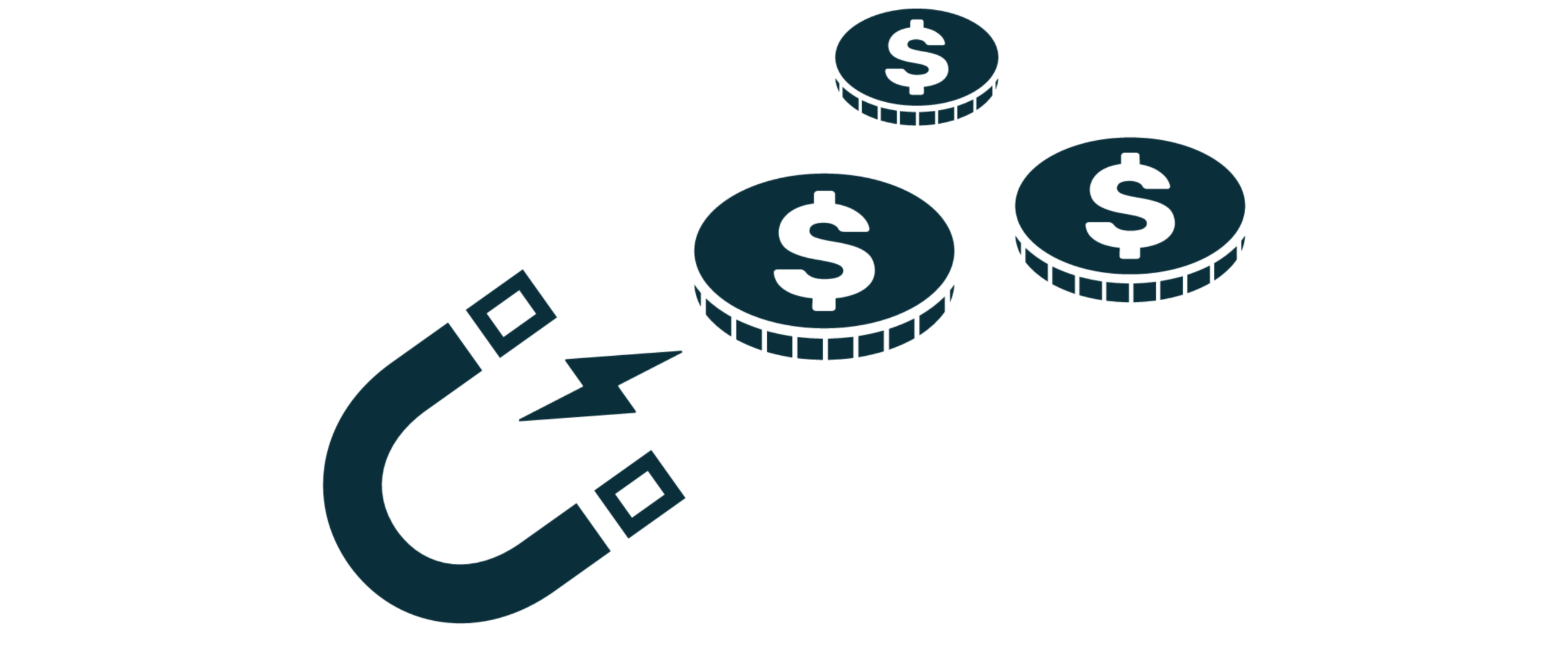
Demand generation channels are different platforms and ways that marketing teams use. They aim to reach their target audience.
These channels create interest in their products or services. They deliver useful content and help build ties with potential buyers. This happens before the buyers decide to make a purchase.
Unlike basic ads, demand gen channels focus on teaching and building relationships. They do not aim for quick sales. These channels help businesses connect with the right people at various stages of their customer’s journey.
Importance of Demand Generation Channels
Demand generation channels play a critical role in modern marketing efforts because they help businesses connect with prospects who aren’t actively searching for solutions. Research shows that only 5% of your market is ready to buy right now, while the other 95% are forming impressions of your brand long before they click “Book a Demo“.
These channels help marketing teams build brand awareness and establish thought leadership in their industry.
This is particularly important for SaaS companies because the buying journey often involves multiple stakeholders and extended evaluation periods. Demand gen channels provide multiple touchpoints needed to nurture prospects through this complex process.
At VH Info, we’ve observed that SaaS companies using multiple demand generation channels achieve better lead scoring results and improved conversion rates compared to those relying on single-channel approaches.
How They Differ From Lead Generation Channels?
While lead generation focuses on converting prospects who are already aware of their need and actively seeking solutions, demand generation concentrates on creating awareness and interest among potential customers who may not yet recognize their problem.
Lead generation typically involves gated content, forms, and direct calls-to-action to capture contact information. Demand gen, however, emphasizes providing value upfront through educational content, thought leadership, and relationship-building activities.
The sales team receives different types of prospects from each approach.
Lead generation delivers prospects ready for immediate sales conversations, while demand generation provides a pipeline of educated prospects who understand your value proposition and are more likely to become quality leads over time.
Now, let’s look at the top demand generation and lead generation channels to use in 2025.
Top Demand Generation Channels to Explore in 2025

As businesses try to stay ahead in the fast-changing world, it is important to use the best demand generation channels.
Each channel has a special job. These channels help you meet potential buyers and guide them step by step through the buyer’s journey. Let’s look closer at how each demand generation channel can help you connect with your target audience and support their journey as buyers.
Search Engine Optimization (SEO)
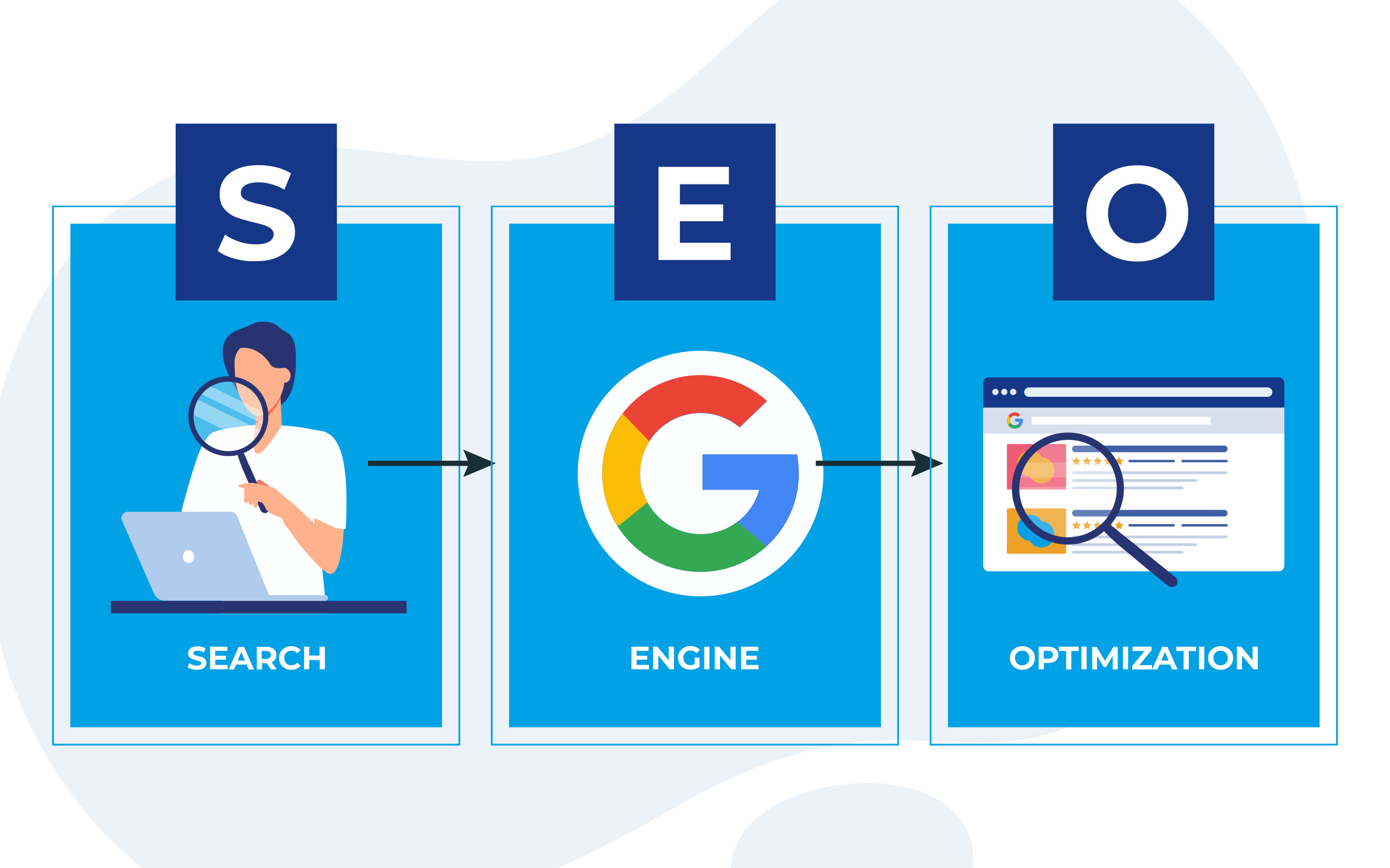
SEO is still one of the best ways to get new customers for SaaS companies. It helps capture leads when they want information. Good content that shows your knowledge and is easy to find online can cost about $647 to gain a customer. It also brings a high return of 748%.
To succeed in SEO, you need to create helpful content. This content should solve problems for your target audience during their buying process. Examples include blog posts, white papers, and guides.
These help show your company as a trusted expert. VH Info helps SaaS companies grow their authority with smart content creation and link building. This work supports both demand generation and SEO goals.
Referral Programs
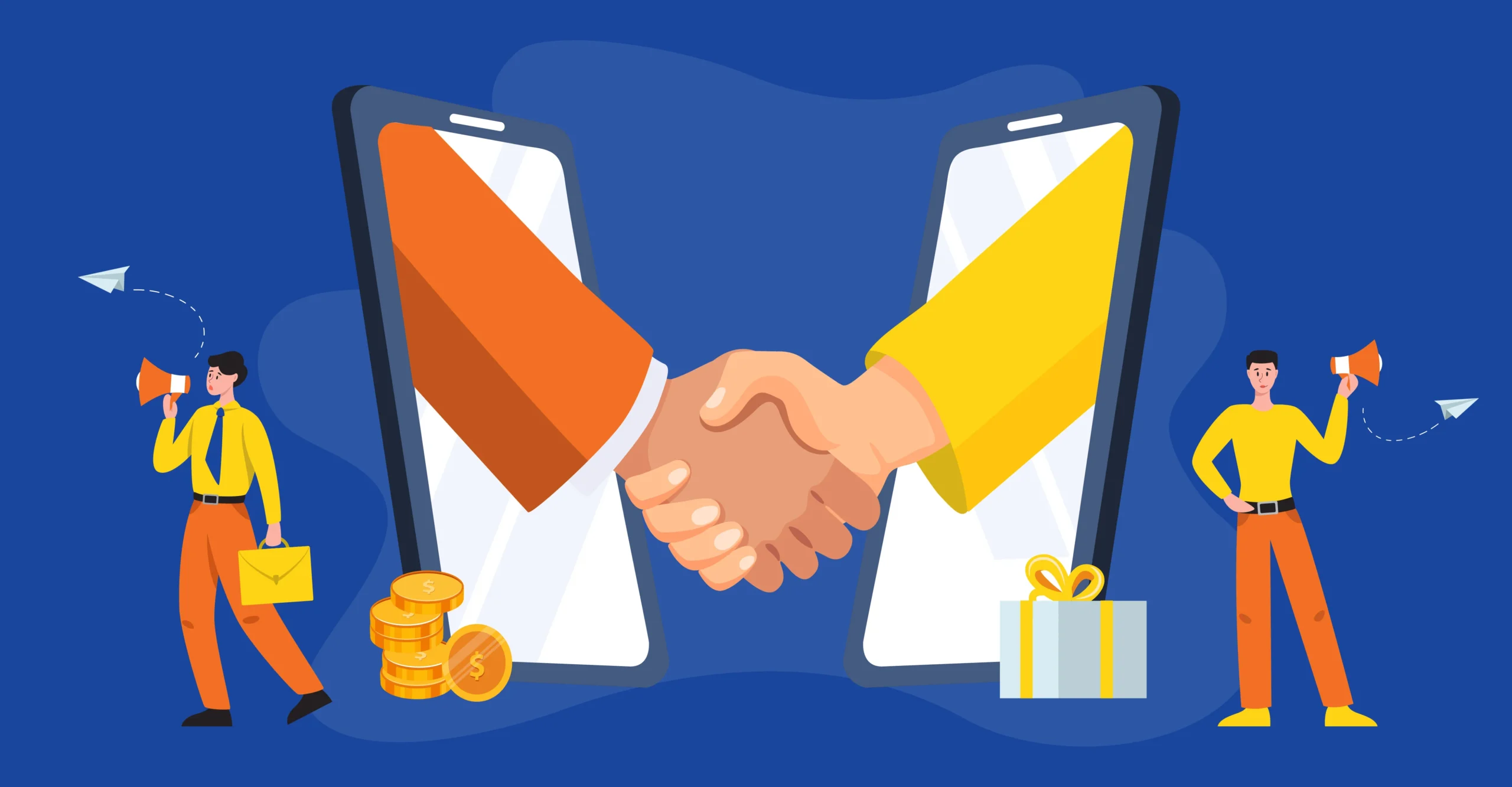
Referral programs use your current customers to find new leads. They do this through trusted advice. These programs are good for demand generation. This is because they have built-in trust and proof from others.
Successful referral programs give clear rewards to both the person referring and the new customer. They also make the referral process easy and smooth. The rates of people converting from referral programs are often higher than other channels.
This is because prospects come with a personal recommendation from someone they trust.
Influencer Marketing
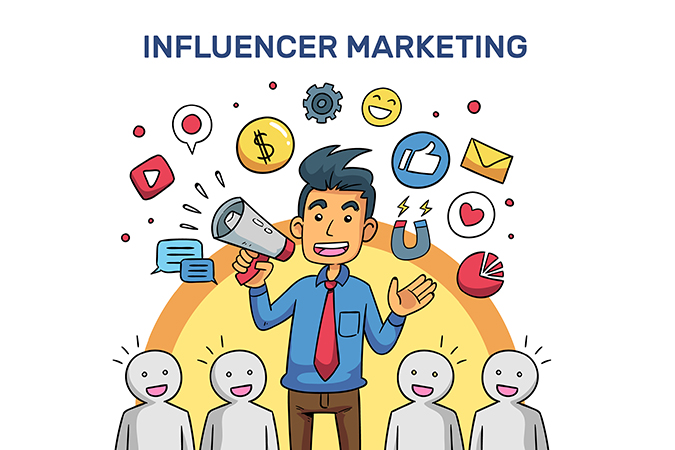
Influencer marketing helps SaaS companies connect with potential customers. They do this through trusted voices in their field. This method is good for demand generation. Influencers already have strong ties with your target audience.
The key to success is choosing the right influencers. You should look for those whose audiences match your ideal customer. Instead of just counting followers, focus on engagement rates. Also, consider how relevant the audience is to your brand.
Podcast Marketing

Podcast marketing has become a strong way to gain new customers. The average cost to get a customer is $1,472. It also has a return on investment of 307%. This channel helps SaaS companies reach interested listeners. This happens during long listening times.
A good podcast marketing plan can include ads on related shows. It can also include making your own podcast content.
The longer format lets you discuss product features more deeply. You can also share ideas about the industry. This helps build trust and shows you are a leader in your field.
Content Marketing
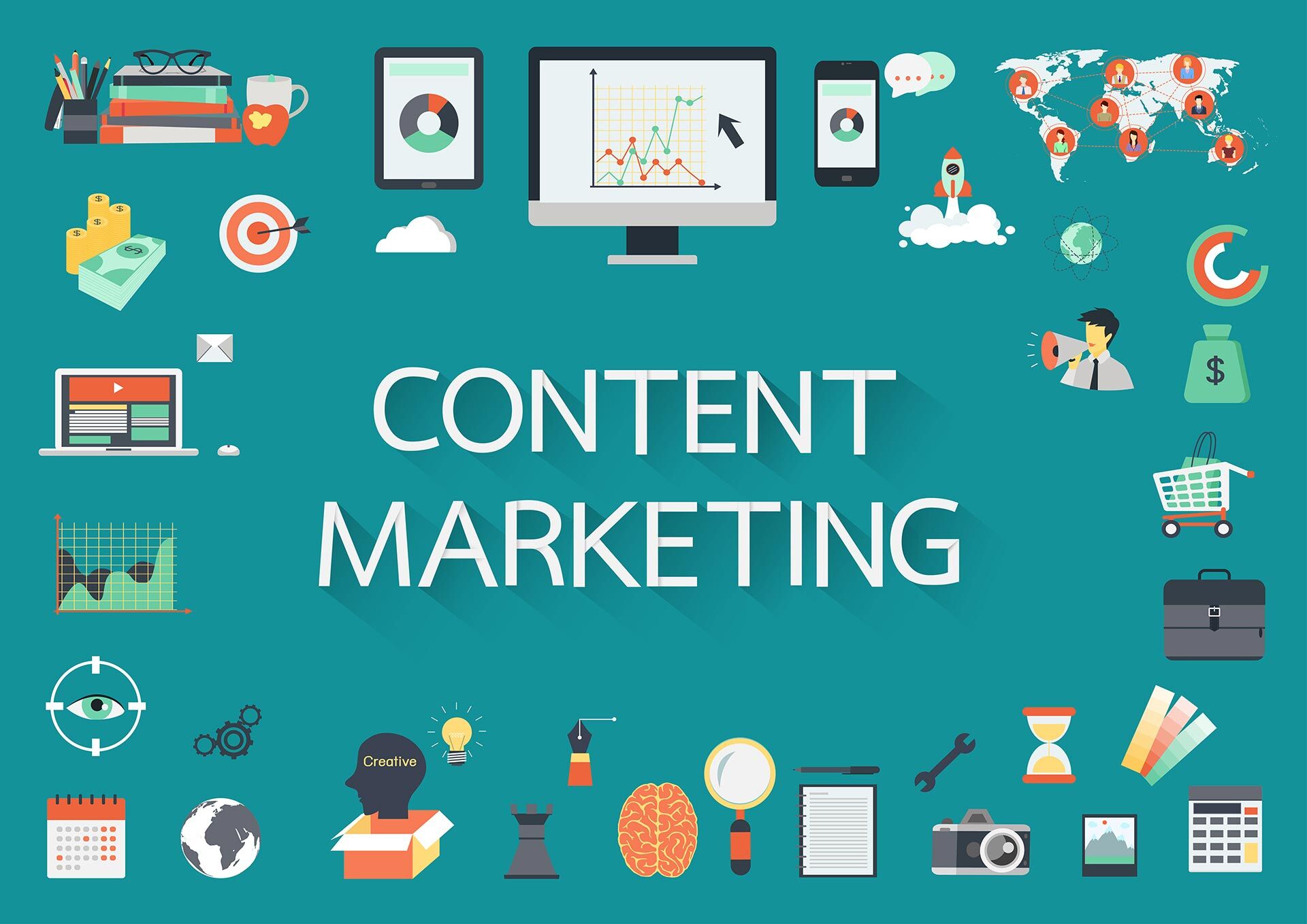
Content marketing is the base of a good demand generation plan. About 83% of marketers say it is the best channel for demand gen. This type of marketing includes blog posts, white papers, case studies, and helpful resources. These resources give value to possible buyers.
Good content marketing practices include a mix of gated content and free resources. These serve different stages of the buying path. Each piece of content should tackle specific issues and guide prospects towards your solution.
Email Marketing
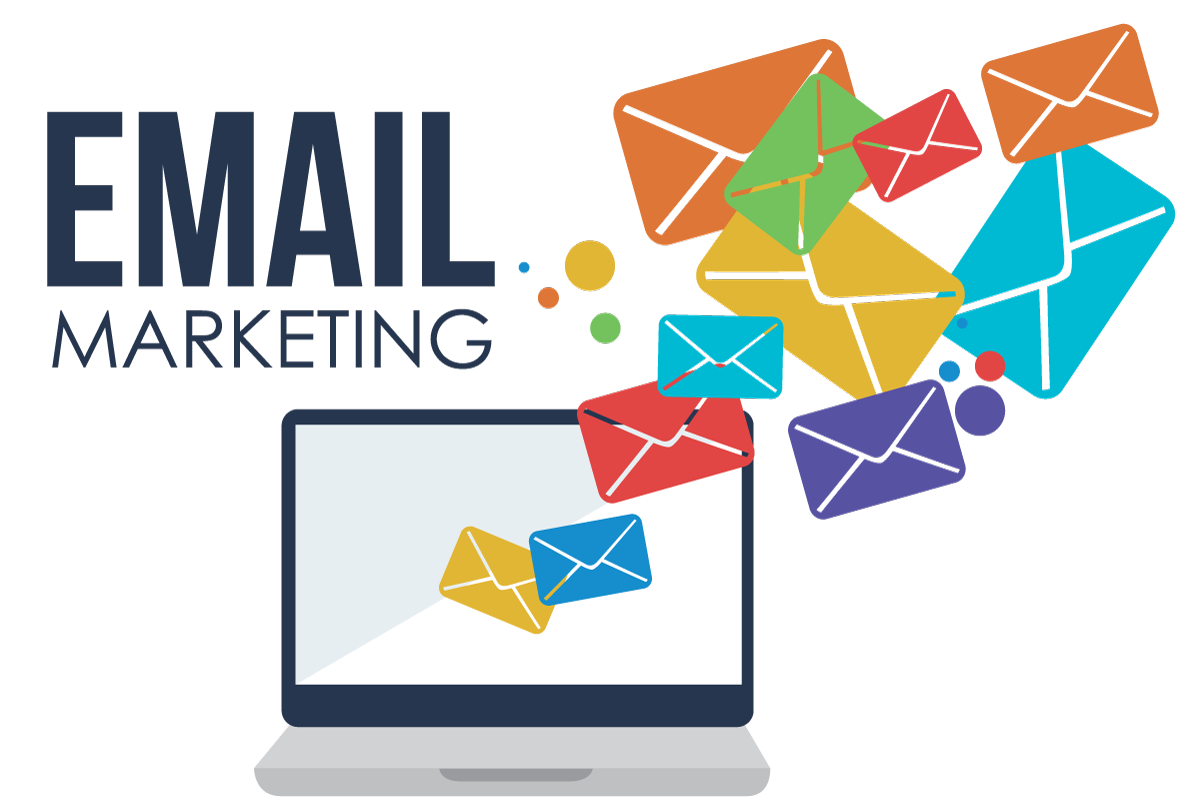
Email marketing is still one of the best ways to generate demand at a low cost. It works even better when used with marketing tools.
Good email campaigns can help engage leads over long times. They also offer content that fits their likes and actions.
The secret to good email marketing for demand generation is to segment your list and personalize your messages. Instead of sending the same message to everyone, good campaigns send focused content that connects with each part of your target audience.
Social Media Marketing
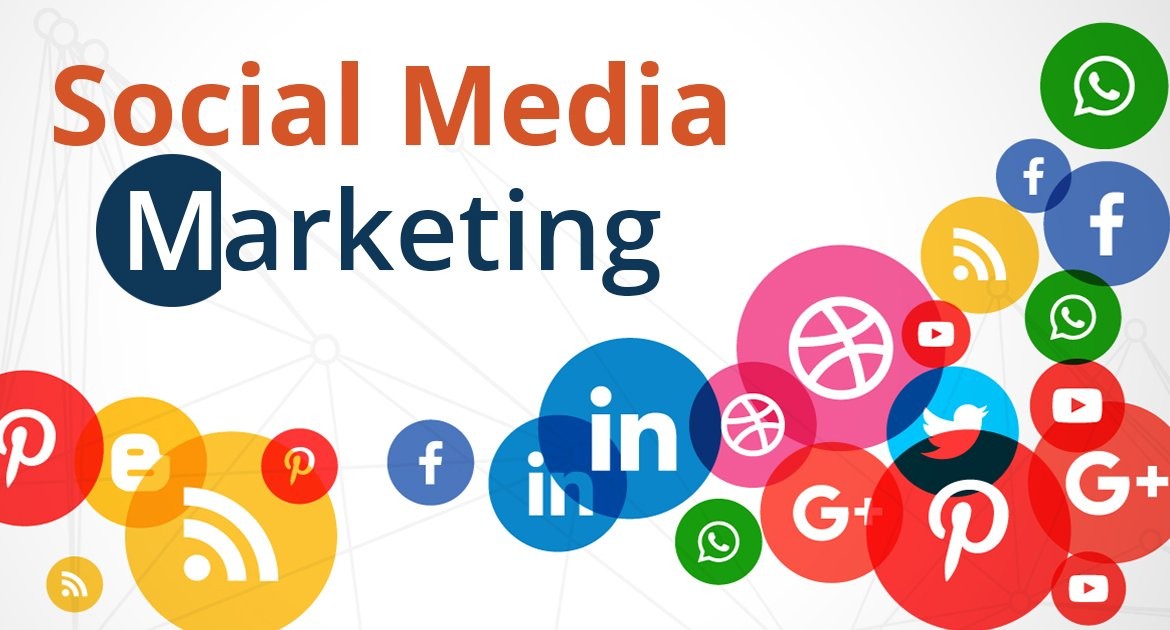
Social media sites give great chances for demand generation. This can be done with free content and paid ads.
Sites like LinkedIn work well for B2B SaaS firms. They help reach decision-makers and key influencers directly. Good demand gen plans on social media mix helpful content and expert posts. They also focus on engaging with the community.
The aim is to build trust and create strong ties. It is not just about getting quick sales.
Paid Advertising
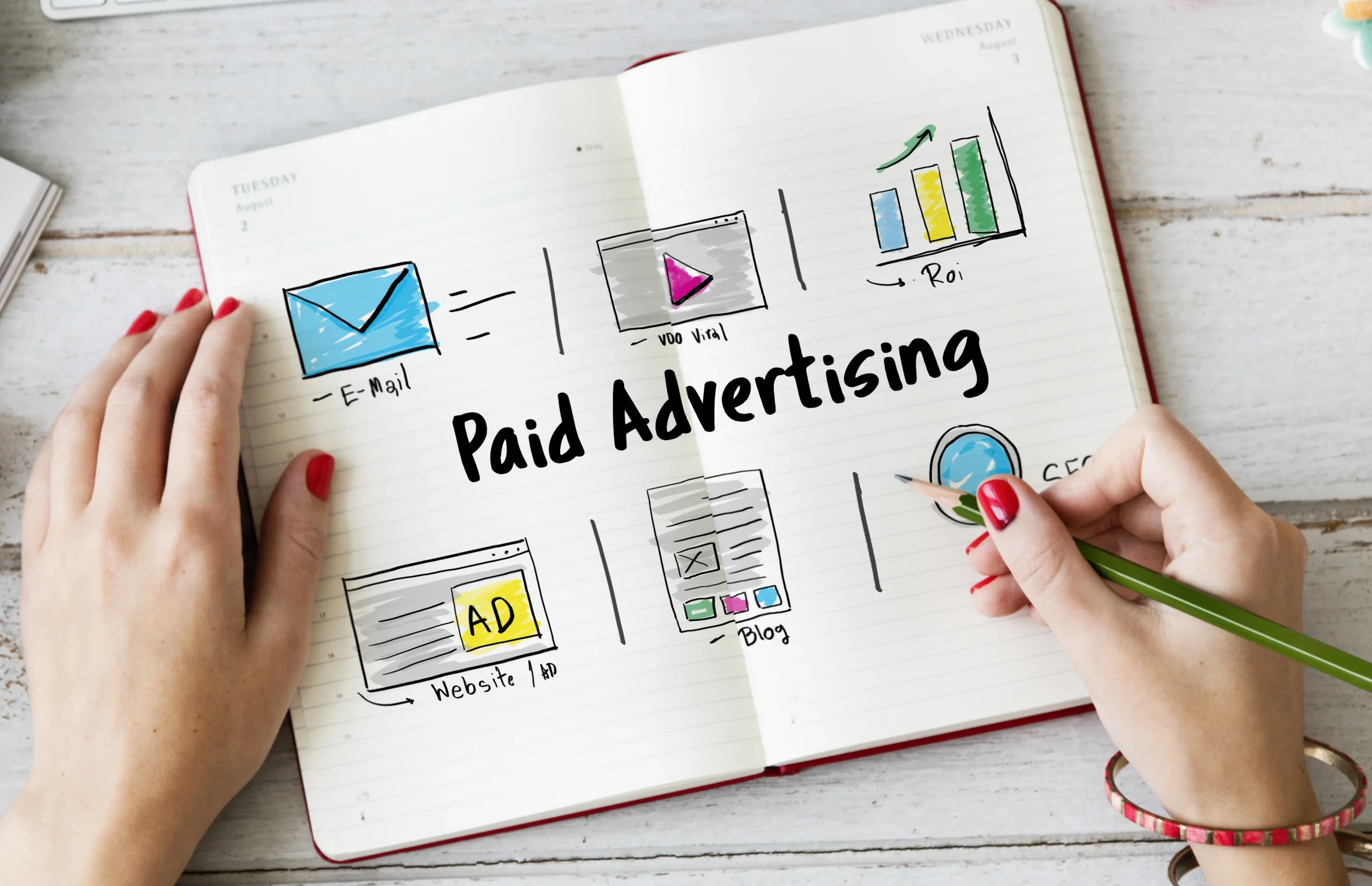
Paid ads through Google Ads and social media can help your demand gen plan. These channels are great for finding new leads.
Many of these leads might not know your brand yet. The best way to use paid ads in demand generation is to focus on helpful content. You should not just push for sales. The content on your landing page should offer value.
It should start the education process instead of asking for quick sales right away.
Programmatic Advertising
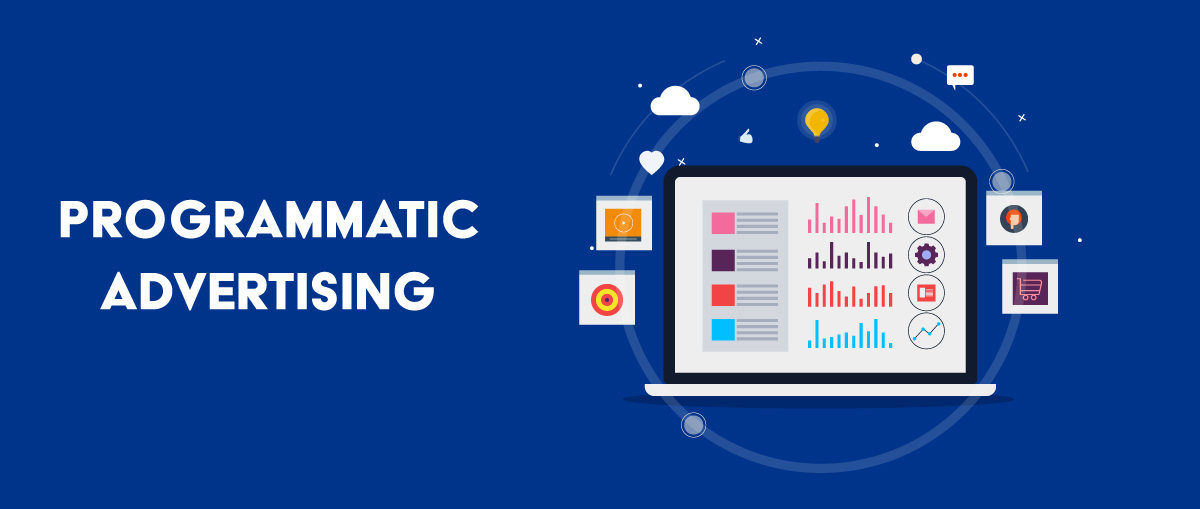
Programmatic ads help target people well and improve demand-gen campaigns quickly. This tech lets marketing groups reach the right people at the best time. They can send messages that fit each person’s needs.
The benefit of programmatic tools is their skill in using intent data and behavior cues. These features help find possible customers who might like your solution. This can happen even if they have not shown clear buying interest yet.
Webinar and Event Marketing
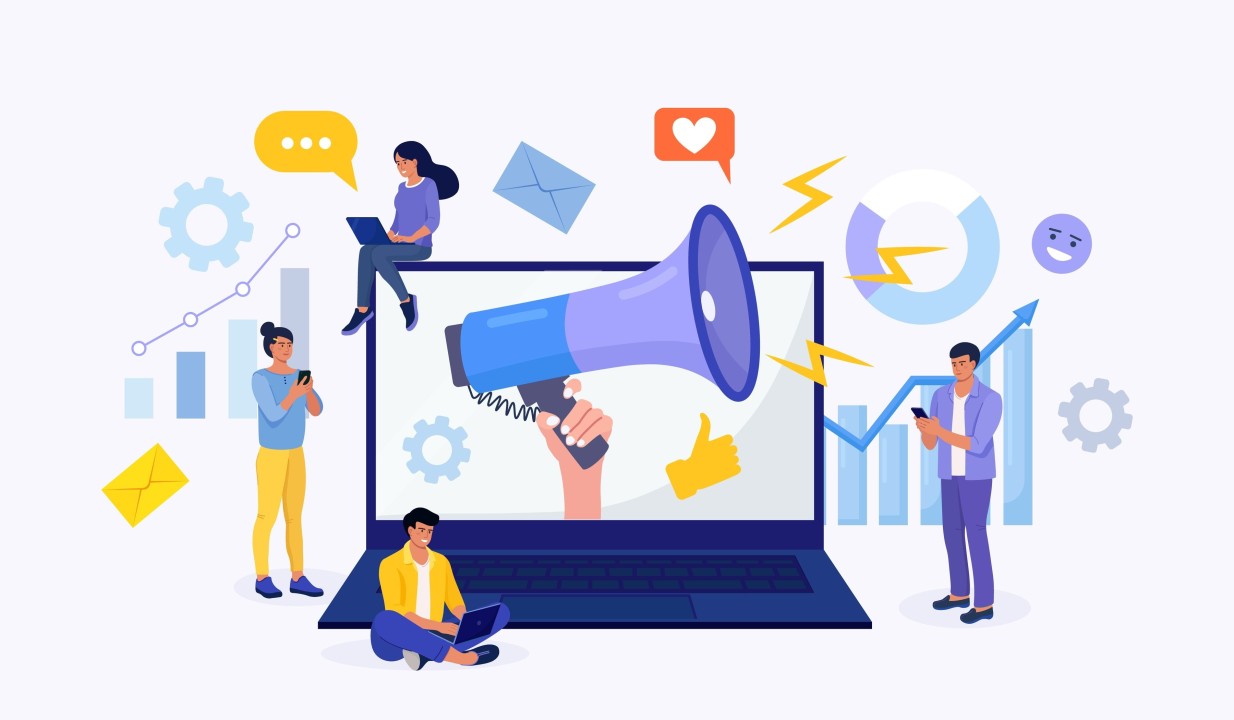
Webinars are still one of the best ways to gain more customers.
They have an average cost of $603 to get a new customer. They also offer a high return on investment of 430%. These interactive sessions let SaaS companies show their skills. They can talk directly with potential buyers.
Good webinar plans focus on teaching, not just selling. The aim is to share useful content. This helps build trust and shows knowledge in the field. It also allows companies to collect contact details from interested people.
AI-Powered Personalization
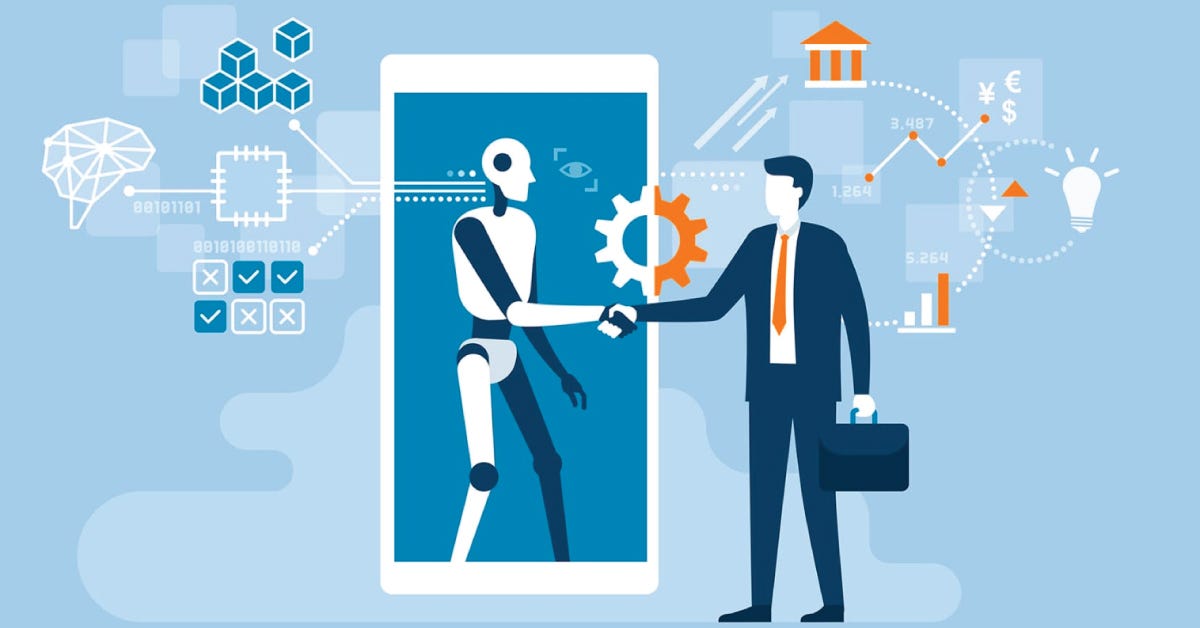
AI-powered tools are changing how demand generation works. They help marketing teams send content that fits each person. This tech looks at data to guess what content will catch the eye of different groups.
The strength of AI is in its skill to make personalization on a large scale. This would be hard to do by hand. It allows marketing teams to share the right message with the right people. They can also do this at the best time in a buyer’s journey.
PPC/SEM Campaigns
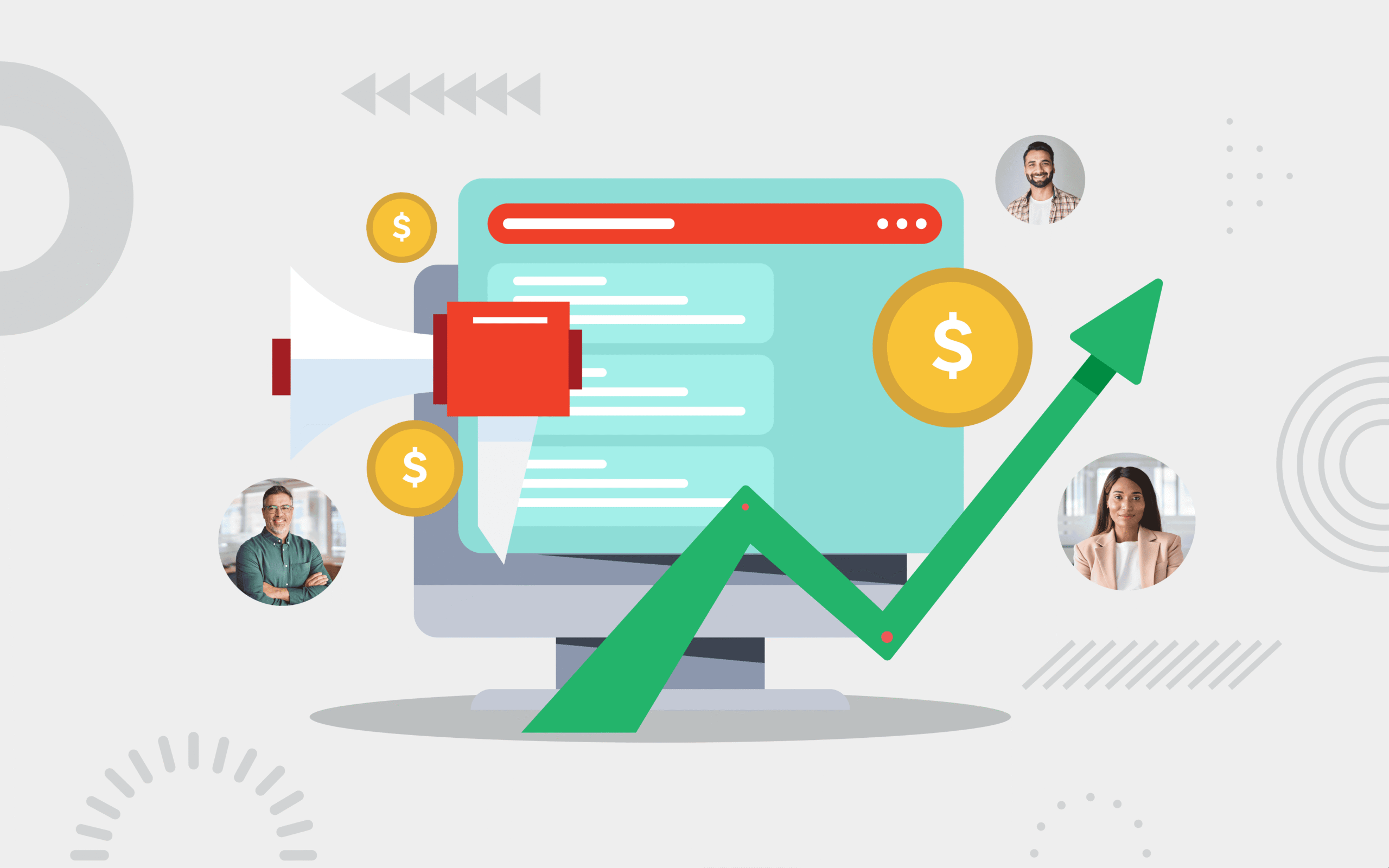
Pay-per-click and search engine marketing campaigns provide immediate visibility for demand gen efforts. While these channels may have higher customer acquisition cost metrics, they can quickly drive traffic and new leads when executed properly.
Successful PPC campaigns for demand generation focus on educational keywords and pain points rather than direct product searches. The goal is to capture prospects early in their research process.
Account-Based Marketing (ABM)
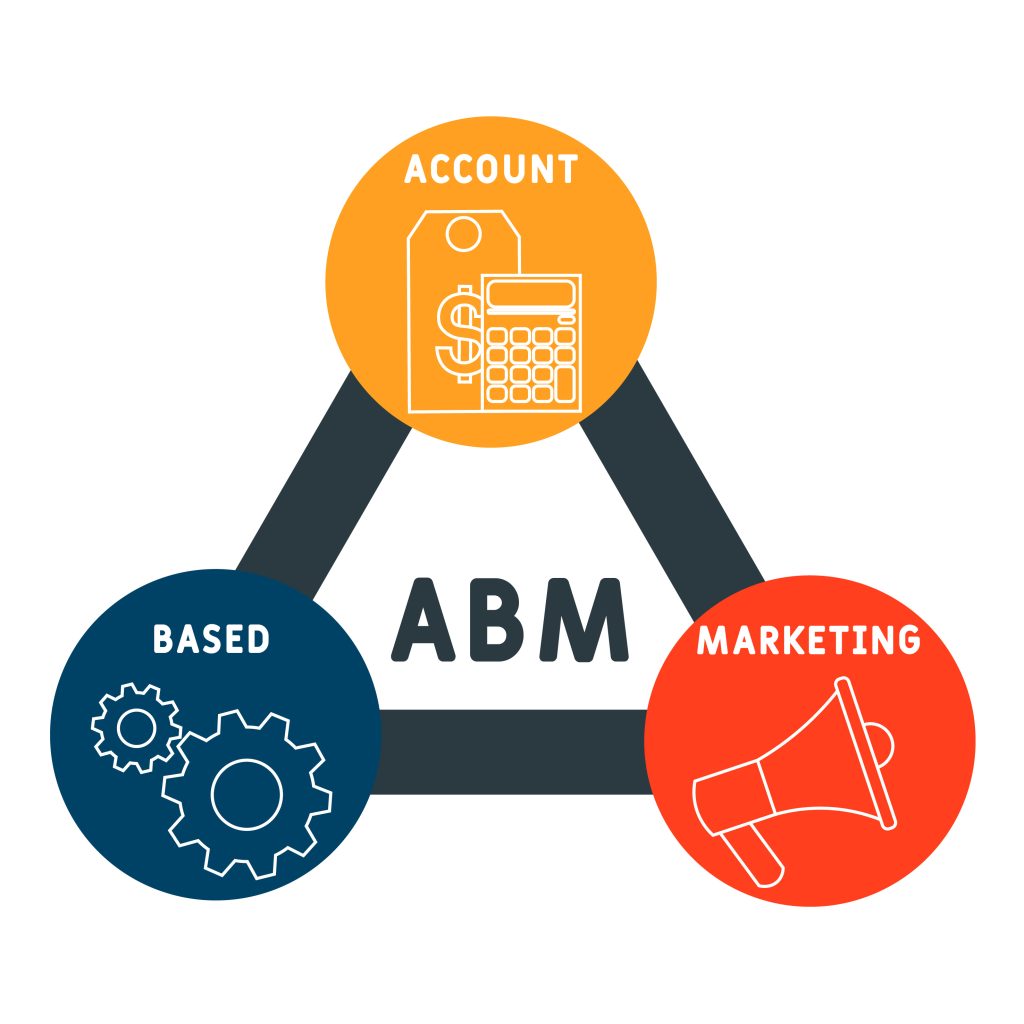
Account-based marketing represents a highly targeted approach to demand generation that focuses on specific high-value accounts. While ABM requires higher investment, it can be extremely effective for SaaS companies pursuing enterprise clients.
ABM strategies combine multiple demand-gen channels to create coordinated campaigns targeting specific accounts. This approach requires close collaboration between marketing teams and the sales team to ensure alignment on target accounts and messaging.
Community Engagement

Building and participating in industry communities provides a great way to establish thought leadership and connect with potential customers. This includes both online forums and professional networks where your target audience gathers.
Community engagement requires authentic participation and value creation rather than promotional messaging. The goal is to build relationships and establish credibility that can lead to quality leads over time.
Mobile Messaging

Mobile messaging platforms give direct access to potential customers. This is done through SMS and messaging apps. It is important to use this channel with care. If not, it may seem like spam.
However, it can work well for urgent messages and event alerts. Good practices for mobile messaging in demand generation include getting clear permission. It also involves providing clear value in every message you send.
Video Marketing Platforms
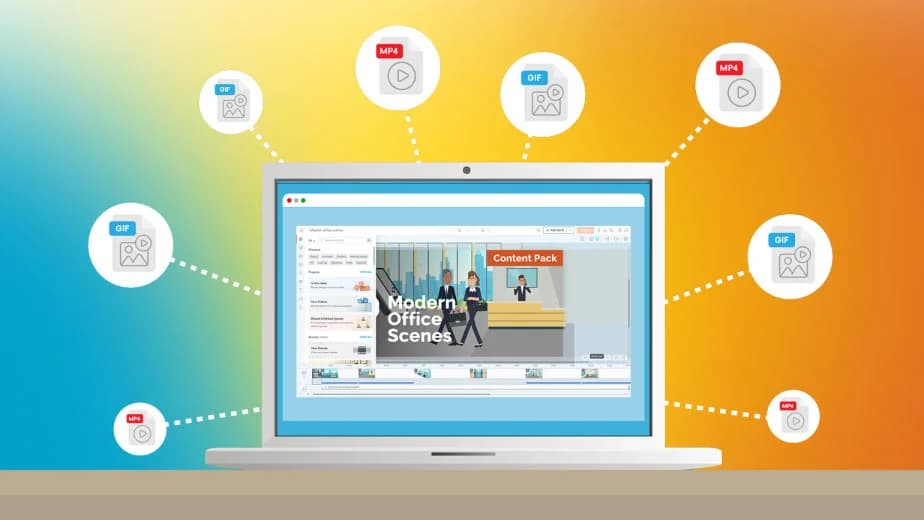
Mobile messaging platforms give direct access to potential customers. This is done through SMS and messaging apps.
It is important to use this channel carefully. If not, it may seem annoying or spammy. However, it can work well for urgent messages and event alerts. To use mobile messaging in a smart way, follow some best practices.
First, get clear permission from users before sending messages. Second, always provide clear value in each message you send.
Comparing Demand Generation Channels
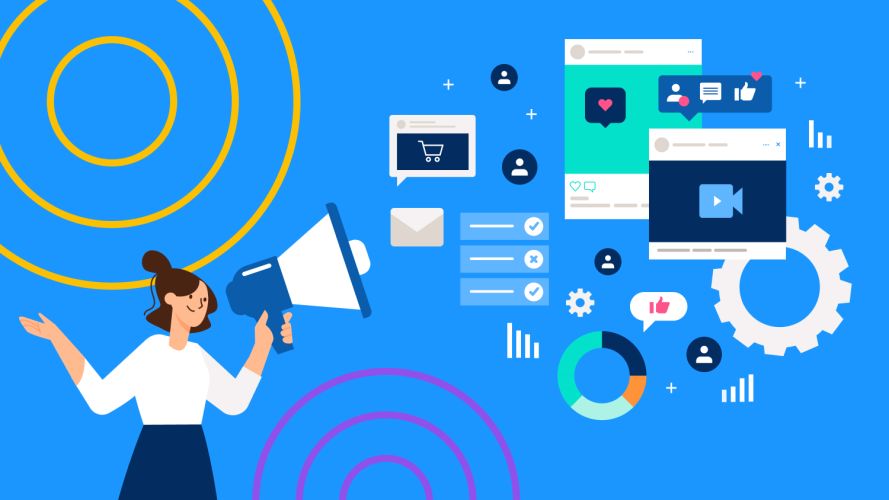
Looking at different demand generation channels helps us see what each one does well and not so well.
Cost and ROI Metrics
Different demand generation channels have different costs for getting customers and returns on investment (ROI). Thought leadership SEO gives the best ROI at 748%. Webinars also give good returns, with a 430% ROI. Social media and content marketing usually cost less.
However, they need more time to show results. Knowing these numbers helps marketing teams use their budget wisely. They can choose the right channels based on their goals and timelines.
Time Until Results
The time to see results can be very different for each demand gen channel. PPC ads can bring in traffic right away.
On the other hand, SEO and good content may take about 4 to 6 months to show big results. Email marketing and social media usually fall in the middle of this range. SaaS companies should make a plan for their demand generation strategy.
This plan should have both quick-win channels and long-term ideas that help create steady growth.
Funnel Position Impact
Different channels have different roles in the marketing funnel. Social media and content marketing help raise awareness at the top.
Webinars and email campaigns work well for engagement in the middle. Knowing where each channel fits helps marketing teams make smart plans. These plans guide potential buyers through their journey. This leads to better results for the team and the buyers.
Choosing The Right Channels For Your Business

Finding the best demand generation channels means you need to look at a few things.
Factors to Consider
Selecting the right demand generation channels requires careful consideration of your target audience, budget, timeline, and internal capabilities. Marketing teams should evaluate where their ideal customer spends time and how they prefer to consume information.
Budget allocation should balance quick-win opportunities with longer-term channel investments. The sales team should also provide input on lead quality and preferences from different channels.
Industry-Specific Channels
Different industries respond better to specific demand gen channels. SaaS companies typically see strong results from content marketing, webinars, and LinkedIn advertising.
Understanding industry-specific preferences helps marketing teams prioritize their channel investments.
At VH Info, we’ve seen that SaaS companies focusing on thought leadership content and strategic link building achieve better long-term results than those relying solely on paid advertising.
Comparing Demand Generation Channels
When comparing channels, consider both quantitative metrics like customer acquisition cost and qualitative factors like brand awareness impact. Some channels may have higher costs but deliver better quality leads that convert at higher rates.
The best ways to compare channels include tracking conversion rates, lead scoring results, and long-term customer value rather than focusing solely on initial customer acquisition cost.
Measuring The Effectiveness of Demand Generation Channels
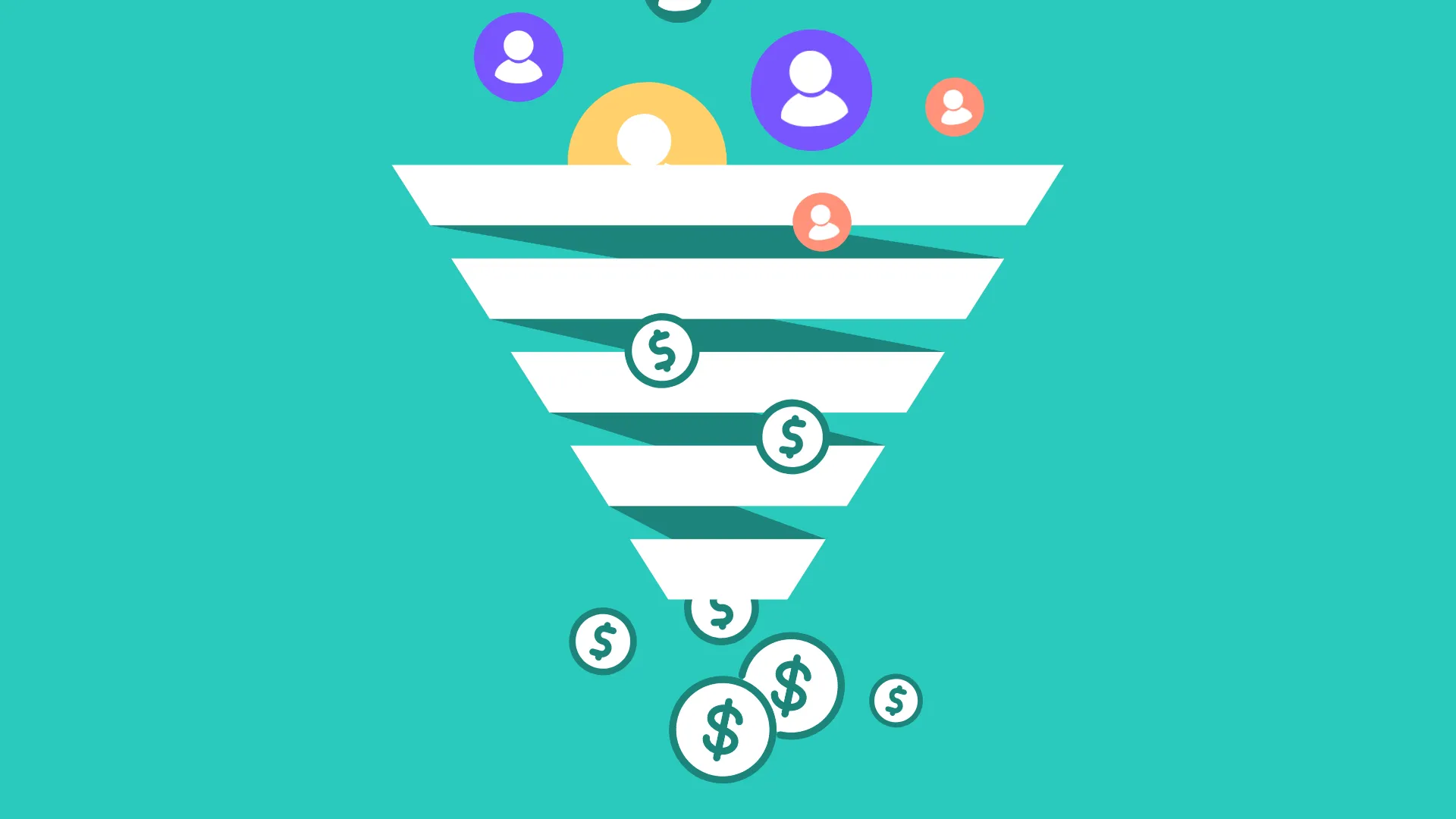
To get the most out of demand gen channels, you need to focus on the right numbers for your business.
Key Metrics to Track
Effective demand generation measurement requires tracking both leading and lagging indicators. Key metrics include marketing qualified leads (MQLs), sales qualified leads (SQLs), customer acquisition cost, and conversion rates across different channels.
Marketing teams should also track engagement metrics like content consumption, email address capture rates, and social media engagement to understand how well their content resonates with the target audience.
Tools and Platforms For Measurement
Modern marketing automation platforms provide comprehensive tracking capabilities across multiple demand gen channels.
These tools can track prospect behavior from initial awareness through final conversion, providing insights into which channels drive the highest quality leads.
Intent data platforms can also provide valuable insights into prospect research behavior, helping marketing teams optimize their demand generation strategy based on actual buyer behavior.
Best Practices For Maximizing Demand Generation
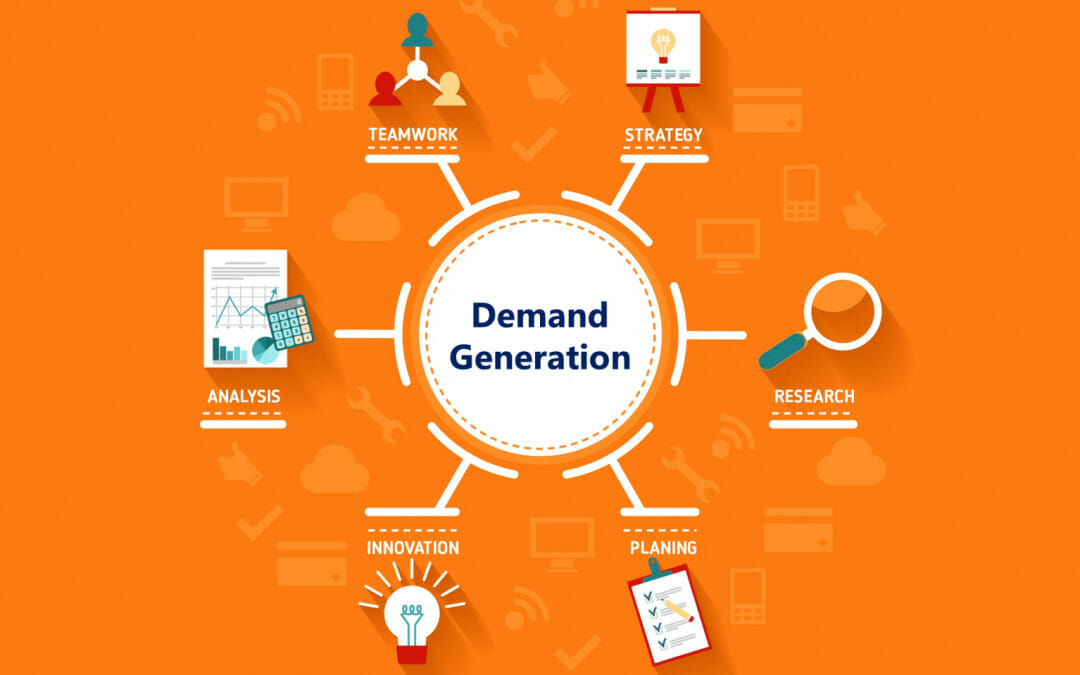
Integration Across Channels
The most successful demand generation strategies integrate multiple channels to create cohesive prospect experiences. Rather than treating each channel separately, marketing teams should create coordinated campaigns that reinforce key messages across all touchpoints.
This integration requires careful planning and consistent messaging that guides prospects through their buying journey regardless of which channel they engage with first.
Continuous Testing and Optimization
Successful demand gen requires ongoing testing and optimization across all channels. Marketing teams should regularly test different content formats, messaging approaches, and channel combinations to identify what works best for their target audience.
The best practices include A/B testing email campaigns, experimenting with different content marketing formats, and optimizing landing page experiences based on channel-specific traffic.
FAQ’s:
What Are The Core Principles For Successful Demand Generation?
The core principles include focusing on education over promotion, providing valuable content throughout the buyer’s journey, and building long-term relationships rather than pushing for immediate conversions. Successful demand gen also requires alignment between marketing teams and the sales team to ensure consistent messaging and smooth prospect handoffs.
Why Is Audience Segmentation Important For Demand Generation?
Audience segmentation allows marketing teams to deliver more relevant content and messaging to different groups within their target audience. This personalization improves engagement rates and helps prospects feel understood, leading to better quality leads and higher conversion rates.
What Specific Tactics Can Boost Demand and Engagement Across Various Channels?
Key tactics include creating thought leadership content that addresses specific pain points, using marketing automation to deliver personalized experiences, and using intent data to identify engaged prospects. SaaS companies should also focus on building trust through case studies, customer testimonials, and transparent communication about product features.
What’s The Most Important Thing For Companies Starting With Multi-Channel Demand Generation?
The most important factor is starting with a clear understanding of your ideal customer and their buying journey.
Companies should begin with 2-3 channels they can execute well, rather than trying to be present everywhere. Building trust and providing consistent value should take priority over channel quantity.
Conclusion
Demand generation channels represent the foundation of sustainable growth for modern SaaS companies.
Success requires a strategic approach that combines multiple channels to reach potential customers throughout their buyer’s journey while maintaining cost-effective customer acquisition metrics.
The best demand gen channels for your business depend on your target audience, industry, and internal capabilities.
Whether you focus on content marketing, social media platforms, or emerging AI-powered personalization technologies, the key lies in providing valuable content that educates and builds trust with potential buyers.
At VH Info, we help SaaS companies build comprehensive demand generation strategy frameworks that combine thought leadership content creation with strategic link building. The most successful marketing efforts integrate multiple demand gen channels while maintaining consistent messaging and measurement across all touchpoints.
Effective demand generation is a long-term investment in brand awareness and relationship building. The quality leads generated through these efforts typically have higher conversion rates and become more valuable customers over time.
Focus on providing genuine value to your target audience, and the results will follow.
